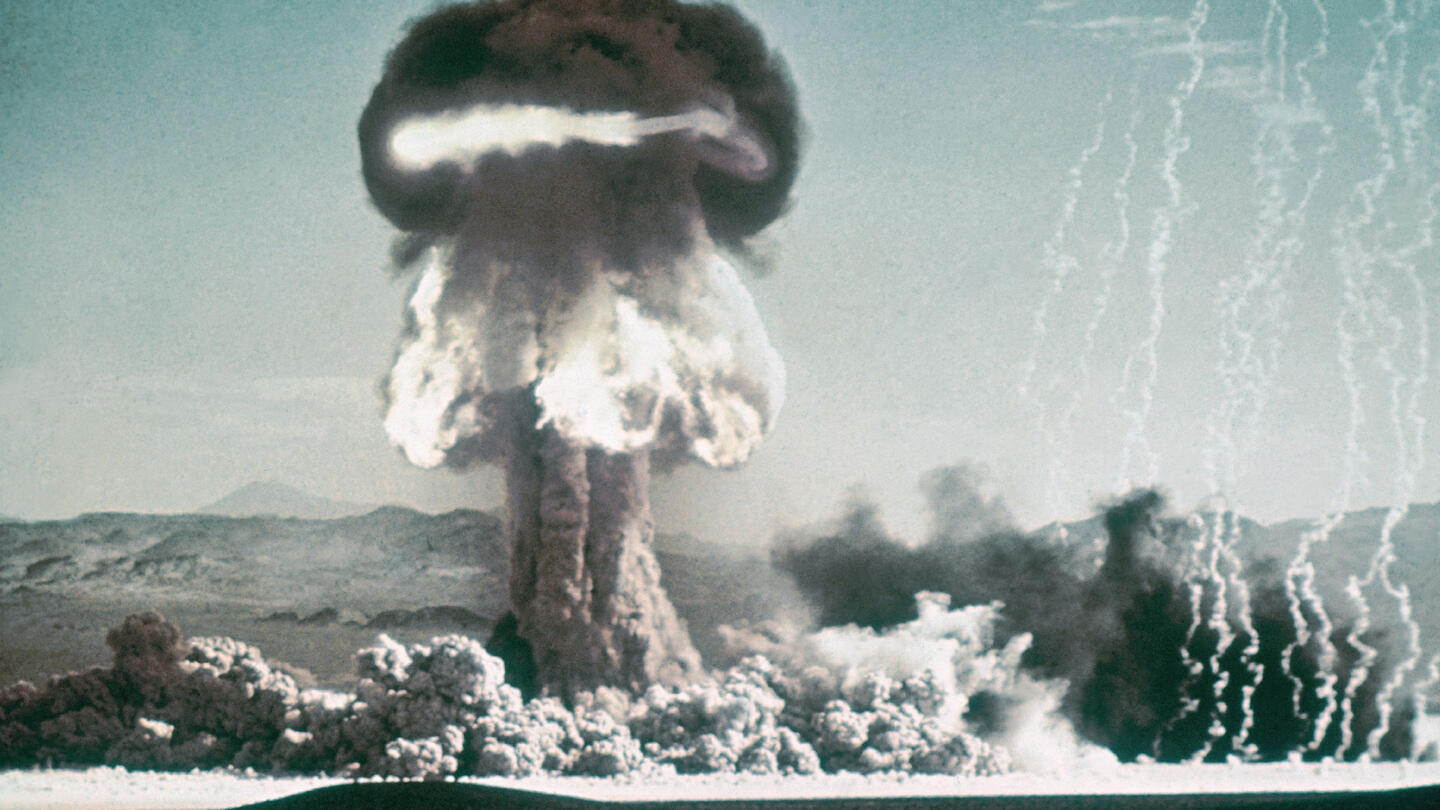
The first atomic bomb test is successfully exploded
On July 16, 1945, at 5:29:45 a.m., the Manhattan Project comes to an explosive end as the first atom bomb is successfully tested in Alamogordo, New Mexico.
Plans for the creation of a uranium bomb by the Allies were established as early as 1939, when Italian emigre physicist Enrico Fermi met with U.S. Navy department officials at Columbia University to discuss the use of fissionable materials for military purposes. That same year, Albert Einstein wrote to President Franklin Roosevelt supporting the theory that an uncontrolled nuclear chain reaction had great potential as a basis for a weapon of mass destruction.
In February 1940, the federal government granted a total of $6,000 for research. But in early 1942, with the United States now at war with the Axis powers, and fear mounting that Germany was working on its own uranium bomb, the War Department took a more active interest, and limits on resources for the project were removed.
Brigadier-General Leslie R. Groves, himself an engineer, was now in complete charge of a project to assemble the greatest minds in science and discover how to harness the power of the atom as a means of bringing the war to a decisive end. The Manhattan Project (so-called because of where the research began) would wind its way through many locations during the early period of theoretical exploration, most importantly, the University of Chicago, where Enrico Fermi successfully set off the first fission chain reaction. But the Project took final form in the desert of New Mexico, where, in 1943, Robert J. Oppenheimer began directing Project Y at a laboratory at Los Alamos, along with such minds as Hans Bethe, Edward Teller, and Fermi. Here theory and practice came together, as the problems of achieving critical mass—a nuclear explosion—and the construction of a deliverable bomb were worked out.
Finally, on the morning of July 16, in the New Mexico desert 120 miles south of Santa Fe, the first atomic bomb was detonated. The scientists and a few dignitaries had removed themselves 10,000 yards away to observe as the first mushroom cloud of searing light stretched 40,000 feet into the air and generated the destructive power of 15,000 to 20,000 tons of TNT. The tower on which the bomb sat when detonated was vaporized.
The question now became—on whom was the bomb to be dropped? Germany was the original target, but the Germans had already surrendered. The only belligerent remaining was Japan.
A footnote: The original $6,000 budget for the Manhattan Project finally ballooned to a total cost of $2 billion.

1995
Amazon opens for business
On July 16, 1995, Amazon officially opens for business as an online bookseller. Within a month, the fledgling retailer had shipped books to all 50 U.S. states and to 45 countries. Founder Jeff Bezos’s motto was “get big fast,”

1999
JFK Jr. killed in plane crash
On July 16, 1999, John F. Kennedy, Jr.; his wife, Carolyn Bessette Kennedy; and her sister, Lauren Bessette, die when the single-engine plane that Kennedy was piloting crashes into the Atlantic Ocean near Martha’s Vineyard, Massachusetts.
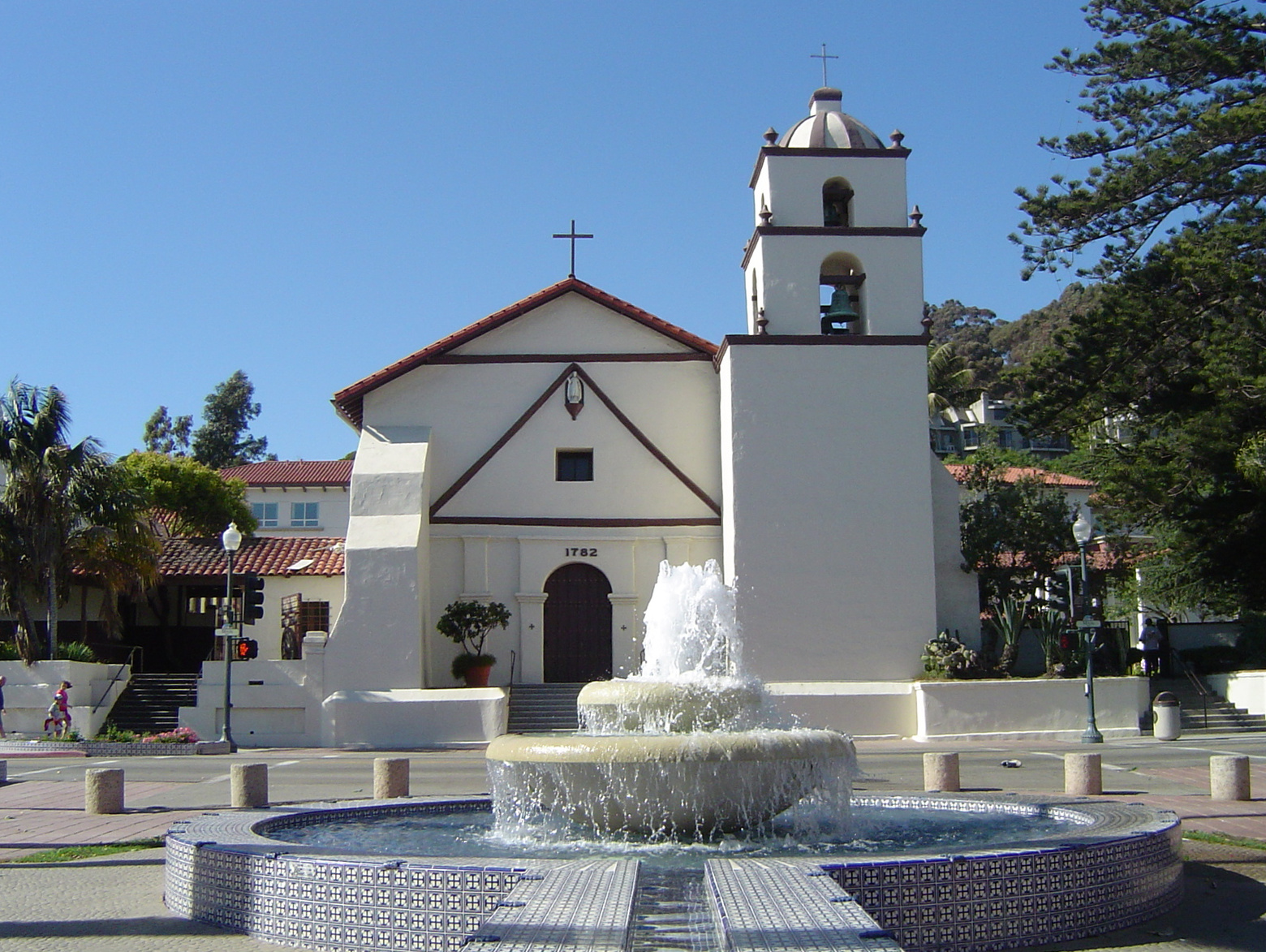
RELIGION
1769
First Catholic mission in California dedicated
Father Junípero Serra, a Spanish Franciscan missionary, founds the first Catholic mission in California on the site of present-day San Diego. After Serra blessed his new outpost of Christianity in a high mass, the royal standard of Spain was unfurled over the mission.
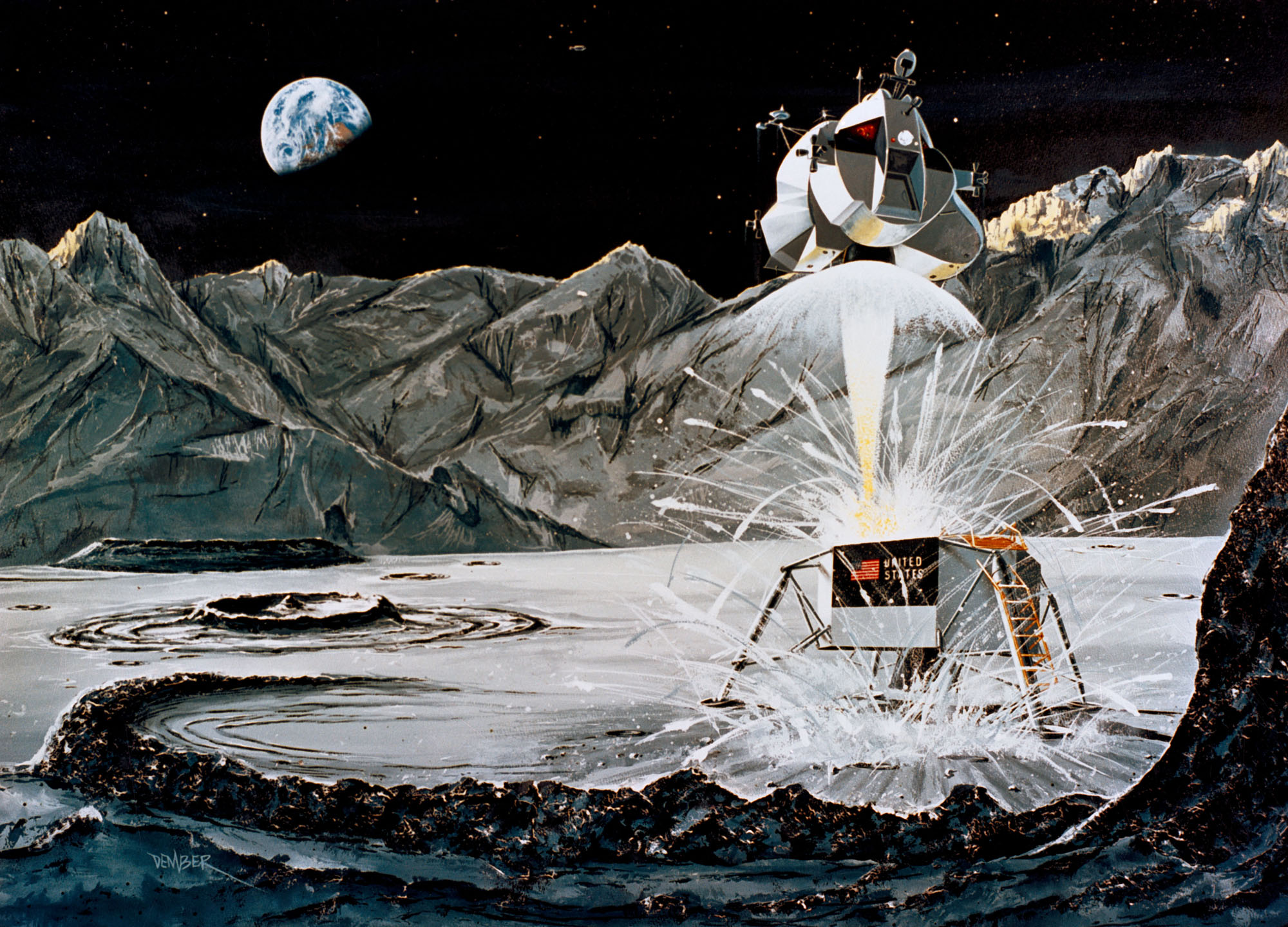
SPACE EXPLORATION
1969
Apollo 11 departs Earth
At 9:32 a.m. EDT, Apollo 11, the first U.S. lunar landing mission, is launched on a historic journey to the surface of the moon. After traveling 240,000 miles in 76 hours, Apollo 11 entered into a lunar orbit on July 19.
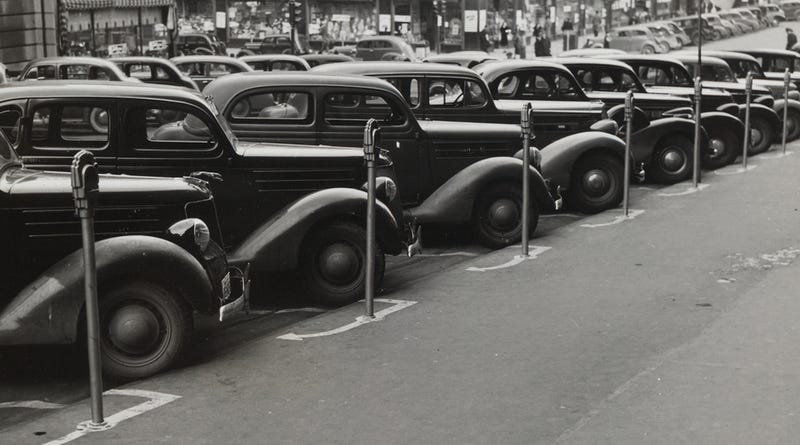
INVENTIONS & SCIENCE
1935
World’s first parking meter installed
The world’s first parking meter, known as Park-O-Meter No. 1, is installed on the southeast corner of what was then First Street and Robinson Avenue in Oklahoma City, Oklahoma on July 16, 1935. The parking meter was the brainchild of a man named Carl C. Magee.

US GOVERNMENT
1790
Congress declares Washington, D.C. new capital
On July 16, 1790, the young American Congress declares that a swampy, humid, muddy and mosquito-infested site on the Potomac River between Maryland and Virginia will be the nation’s permanent capital. “Washington,” in the newly designated federal “District of Columbia,”
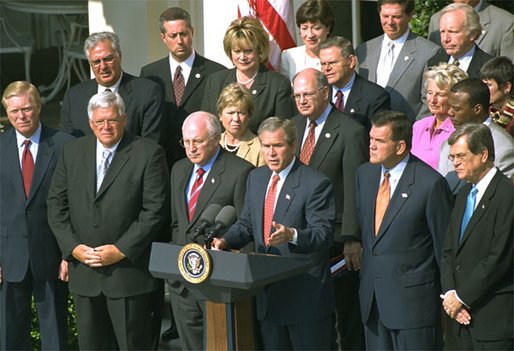
U.S. PRESIDENTS
2002
President Bush unveils strategy for homeland security
On July 16, 2002, President George W. Bush announces his plan for strengthening homeland security in the wake of the shocking September 11, 2001, terrorist attacks on New York and Washington, D.C., in which nearly 3,000 people had been killed.

ART, LITERATURE, AND FILM HISTORY
1951
"Catcher in the Rye" is published
J.D. Salinger’s only full-length novel, The Catcher in the Rye, is published by Little, Brown on July 16, 1951. The book, about a confused teenager disillusioned by the adult world, is an instant hit and will be taught in high schools for half a year.
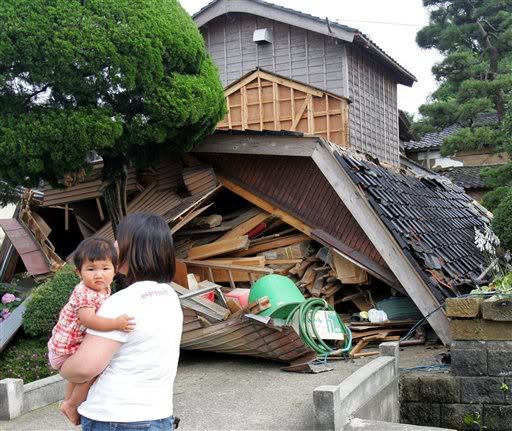
NATURAL DISASTERS & ENVIRONMENT
1990
Earthquake wreaks havoc in the Philippines
More than 1,000 people are killed when a 7.7-magnitude earthquake strikes Luzon Island in the Philippines on July 16, 1990. The massive tremor wreaked havoc across a sizeable portion of Luzon, the country’s largest island, with Baguio City suffering the most devastating effects.
/GettyImages-515398592-58d84d495f9b5846837cfa59.jpg)
CRIME
1979
An army doctor is accused of stabbing his family to death
Jeffrey MacDonald stands trial in North Carolina for the murder of his wife and children nearly 10 years before. Captain MacDonald, an army doctor stationed at Fort Bragg, made an emergency call to military police in the early morning hours of February 17, 1970.

CIVIL WAR
1863
Draft riots continue to rock New York City
The draft riots enter their fourth day in New York City in response to the Enrollment Act, which was enacted on March 3, 1863. Although avoiding military service became much more difficult, wealthier citizens could still pay a commutation fee of $300 to stay at home.
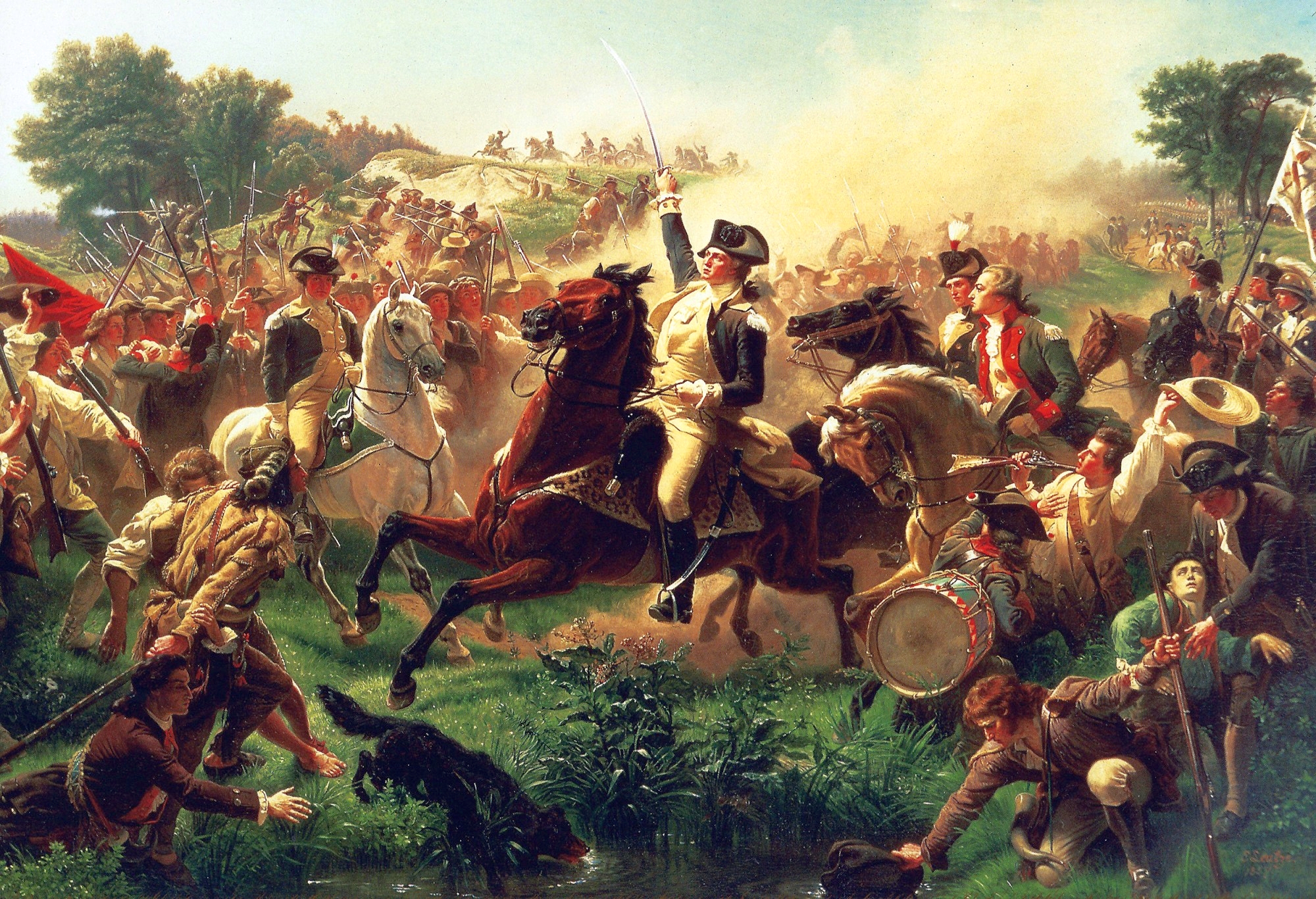
AMERICAN REVOLUTION
1779
Anthony Wayne launches risky attack against British forces
On July 15, 1779, American Brigadier General Anthony Wayne launches a coup de main against British fortifications at Stony Point, New York, on the orders of General George Washington. He earns the moniker “Mad” Anthony Wayne for the ensuing maneuver.

WORLD WAR I
1918
Romanov family executed, ending a 300-year imperial dynasty
In Yekaterinburg, Russia, Czar Nicholas II and his family are executed by the Bolsheviks, bringing an end to the three-century-old Romanov dynasty. Crowned in 1896, Nicholas was neither trained nor inclined to rule.
TODAY IN NIGERIA HISTORY
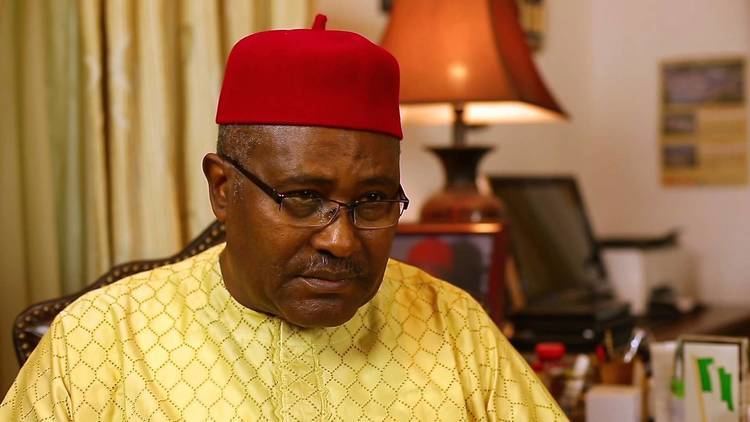
1947 Stephen Anthony Ukpo was born in Okpoma, Yala, Cross River State. He was Minister of Information and Culture (Sept. 1985 - Aug. 1986), and then Governor of Rivers State (August 1986 - July 1988).

1961 Richard "Ricky" Daddy Owubokiri, professional footballer, was born in Port Harcourt.
Comments
Post a Comment